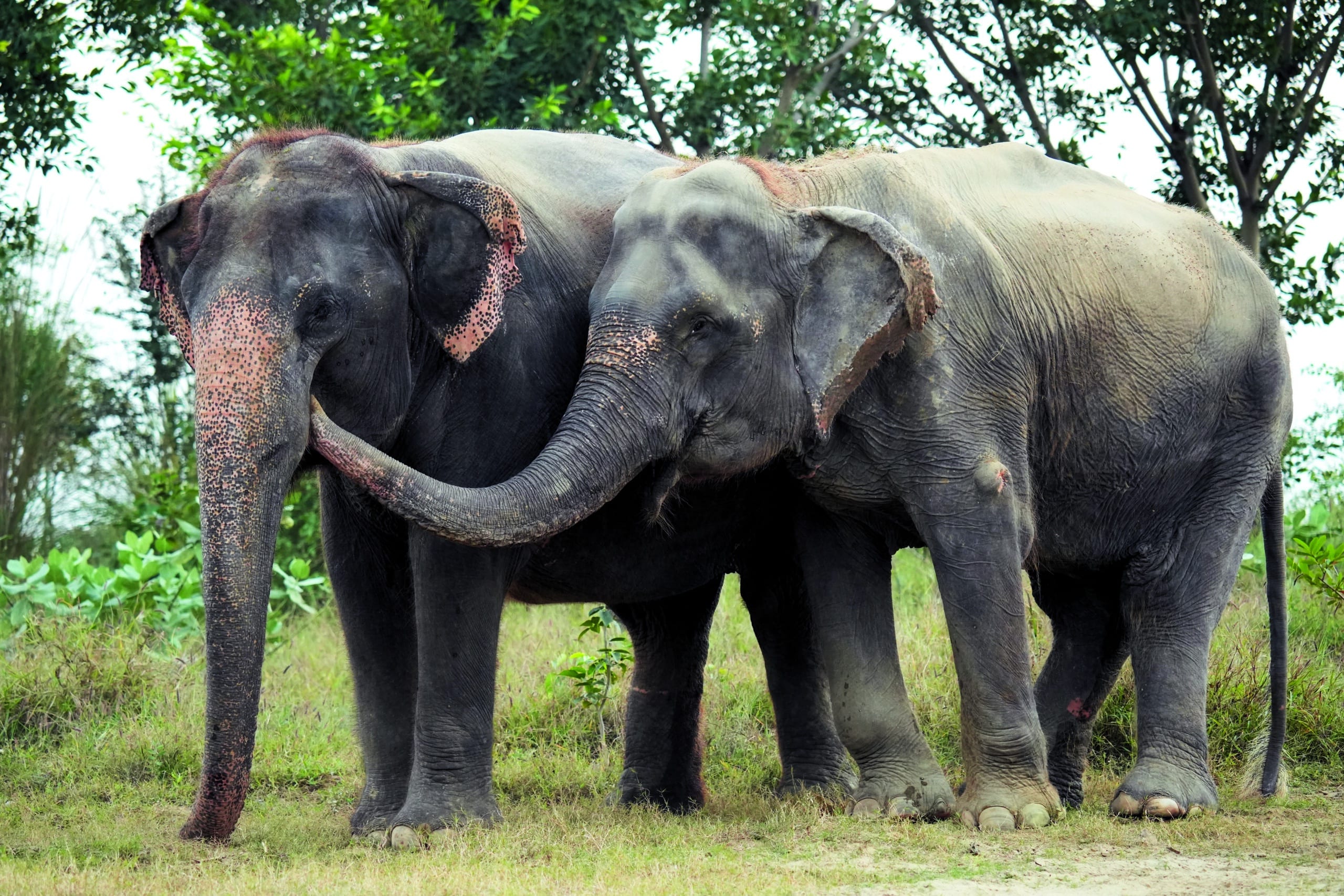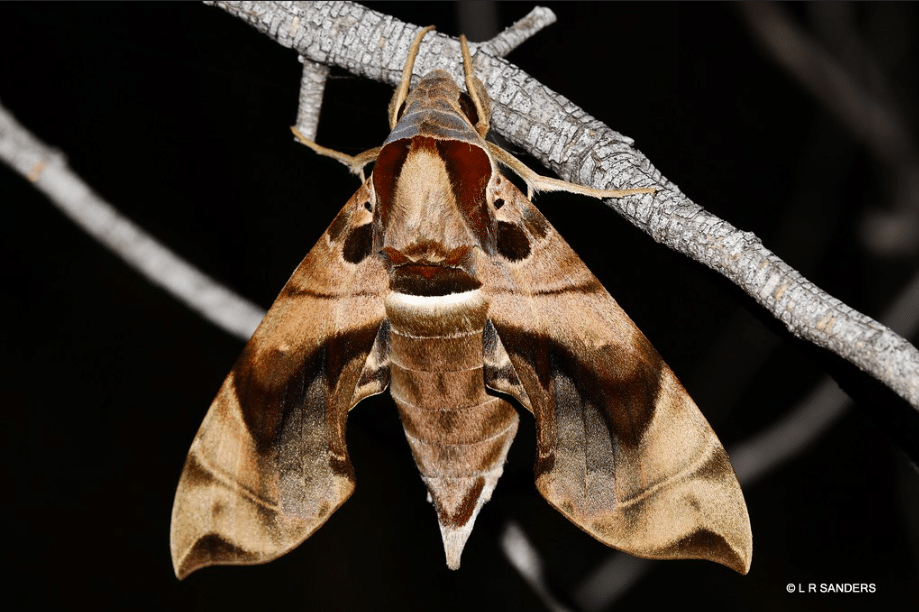You might remember Kalpana—I am happy to report that this year she celebrates her fifth rescue anniversary at Wildlife SOS. Formerly exploited and abused as a ‘begging’ elephant in Uttar Pradesh, Kalpana was rescued in 2019 and brought to the Wildlife SOS Elephant Hospital Campus (EHC) in Mathura for comprehensive...
Part 3: Baits, Bullets, and Bounties – Weaponisation of hybridisation a disaster for dingoes
Last month I headed to the beautiful Rocky Mountains town of Estes Park for the Pathways: Human Dimensions of Wildlife conference to learn from world experts in predator management and wildlife-human conflicts, as well as to present on Australia’s diabolical approach to dingoes. A major theme of the event was the potential reintroduction of wolves to Colorado – quickly putting our expensive and damaging dingo extermination efforts into stark contrast with what’s going on elsewhere in the world.
My half-hour crash course on the history of dingoes and people covered everything from Australia’s lack of respect for Indigenous perspectives (which have all but been erased since colonisation and the introduction of European farming practices), our near-complete failure to innovate approaches to stock protection in the last 200 years (more killing with cruel poisons and little reflection), the importance of dingoes as apex-predators in many Australian ecosystems, and the fact that opportunities to better protect livestock and help the environment through non-lethal management alternatives are going begging in part due to a lack of support from governments.
The general consensus seemed to be that it was the most depressing presentation of the conference, with people unable to believe examples such as Western Australia just this year amending legislation to allow steel-jawed traps coated with strychnine to be used to kill dingoes while their Environment Minister baldly claimed “It is still an offence for a dingo to be taken inhumanely”. It wasn’t a nice feeling to be talking about Australia’s outdated attitudes to predators and wildlife – I suppose the truth hurts.
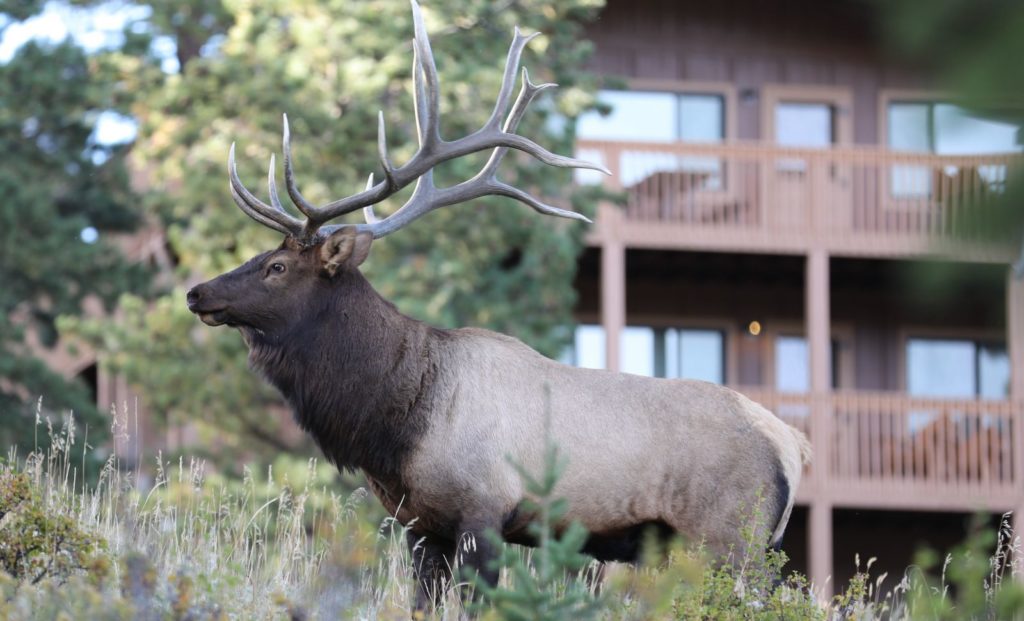
A point that struck a particular note, and one that was reinforced by juxtaposition during sessions discussing canid conservation in the US, was how the Australian public has been conned by the weaponisation of hybridisation – an intentional push by industry groups capitalising on the dingo’s ability to interbreed with domestic dogs to ‘other’ them as wild dogs and make killing more palatable. In some cases, it’s even used as a killing justification in itself by claiming to protect dingo purity.
The prevalence of social scientists at the conference goes some way to explaining why this angle hit home, and also highlighted the changing face of wildlife management – modern science has made leaps and bounds in understanding connectivity within ecosystems in recent years (catching up with Indigenous knowledge), but in many cases this knowledge is yet to be translated into policy and put into action. There was a real sense that we’re at the stage where understanding peoples’ resistance to change and opinions on everything from control to reintroductions is now as equally crucial an aspect as the ecological science.
And on reflection, ‘wild dog’ killing enthusiasts have been aware of this and focused on manipulating attitudes and behaviours by using the term for decades. Unpublished research by University of Sydney PhD candidate Lily van Eeeden, presented at the recent Royal Zoological Society of NSW ‘Dingo Dilemma’ symposium, details how the public generally likes dingoes but views ‘wild dogs’ very unfavourably, and is largely unaware that in the eyes of the law and indiscriminate killing practices wild dogs and dingoes are one and the same.
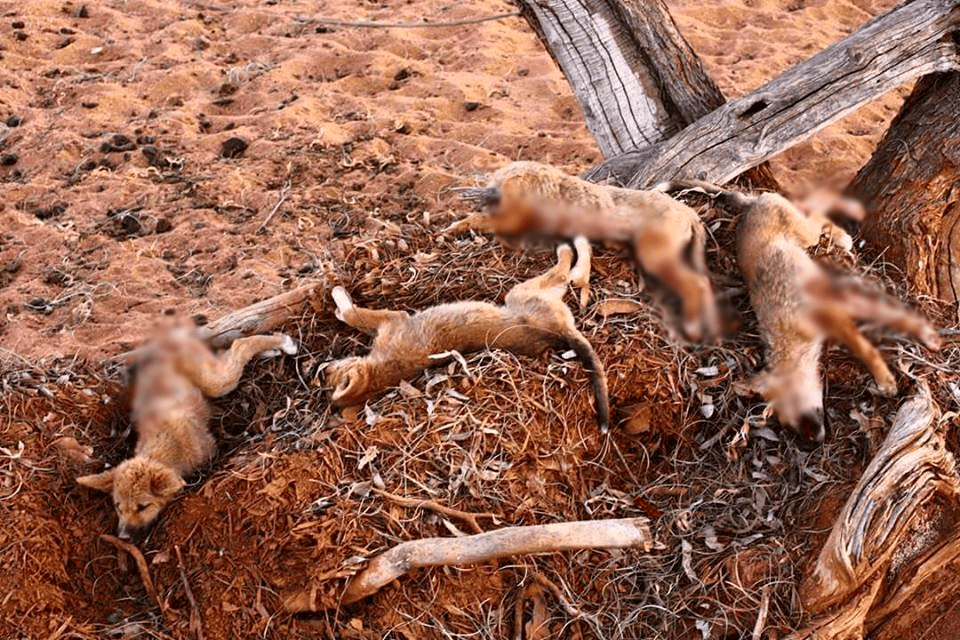
A misguided focus on genetic purity ignores the ecological functions performed by dingoes of various purity levels. The evolutionary drivers that led to the dingo are still occurring today, and dingo phenotypes such as long legs and narrow skulls are often dominant in hybrid offspring. Put simply, there’s no need for human intervention to prevent hybridisation, and even if you draw a distinction between ‘wild dogs’ and dingoes there’s no denying killing programs harm them both. There needs to be tolerance for some hybridisation as apart from places like Fraser Island where dogs can be kept completely separate from dingoes, it’s more or less inevitable.
The issue of hybridisation has also led to seemingly endless disputes between taxonomists and ecologists as to whether dingoes are a distinct species due to isolation and other factors or whether they’re just domestic dogs due to their ability to interbreed. These debates shouldn’t be dismissed, but they divert attention from the bigger picture of the need for dingoes in the landscape.
Attendees at the Pathways conference were shocked to hear that the Australian Government (and in effect all states and territories) considers dingoes as Canis familiaris or domestic dogs. The US deals with canid hybridisation complexities that dwarf ours – there, interfertility doesn’t just involve two species as it does here, but domestic dogs, coyotes, red wolves, grey wolves and Mexican wolves just to name a few. Red wolves are a Critically Endangered hybrid of grey wolves and coyotes, and conservationists are pulling out all stops to conserve them – what a far-flung situation to how we treat dingoes and their hybrids!
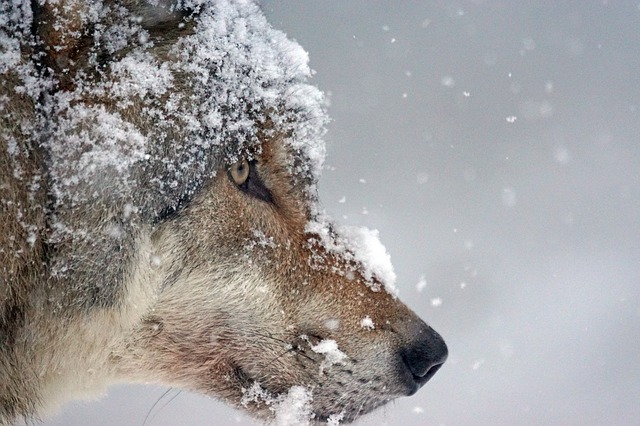
It’s slightly simplifying the matter, but not by much to say that if the Australian logic was to be followed there would be no wolves, no coyotes, no red wolves, no grey wolves – they would all be considered domestic dogs and attempted to be exterminated rather than conserved. While I’m sure some Americans would love for that to be the case, it’s an unthinkable situation. How much we have to learn.
While the world is looking to right past wrongs and reintroduce predators into their former ranges, despite the difficulties and sensitivities involved, Australia remains hell-bent on killing them all. We like to think of ourselves as a progressive nation, but the resistance to change is phenomenal.
A news story from just this week shows how far behind the pack we are – the rewilding effort in Europe recently saw a female named Naya become the first wolf sighted in Belgium in more than 100 years, though having not been seen since May she is feared to have been killed by hunters. The public is mourning for her, and environmentalists have stumped up a $50,000 reward for information about the killing. Meanwhile, in many Australian states we are offering up rewards for the killers…
Evan Quartermain is Head of Programs at Humane Society International and has been with the organisation since 2010. A member of the IUCN World Commission on Protected Areas, Evan is responsible for HSI’s terrestrial habitat and wildlife protection campaigns and programs, with particular focus on legislative reform, flying-foxes, dingoes, and habitat protection through Threatened Ecological Community and Natural Heritage nominations.
Image credits: Header – Wolf: Christels; Coyote: Skeeze; Dingo: Angus Emmott; Body- Elk: Botstiber Institute; Wolf: Pixel Mixer

